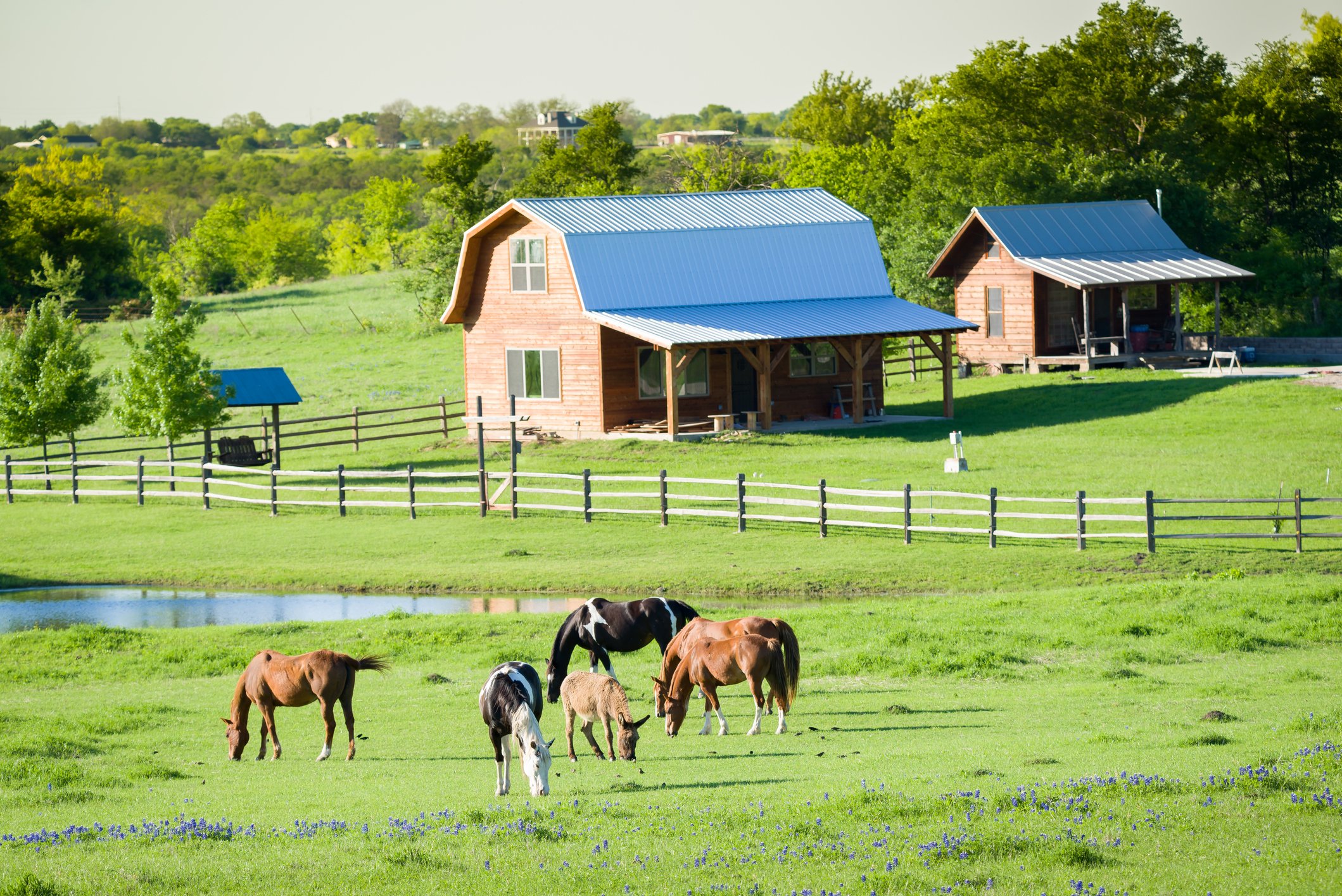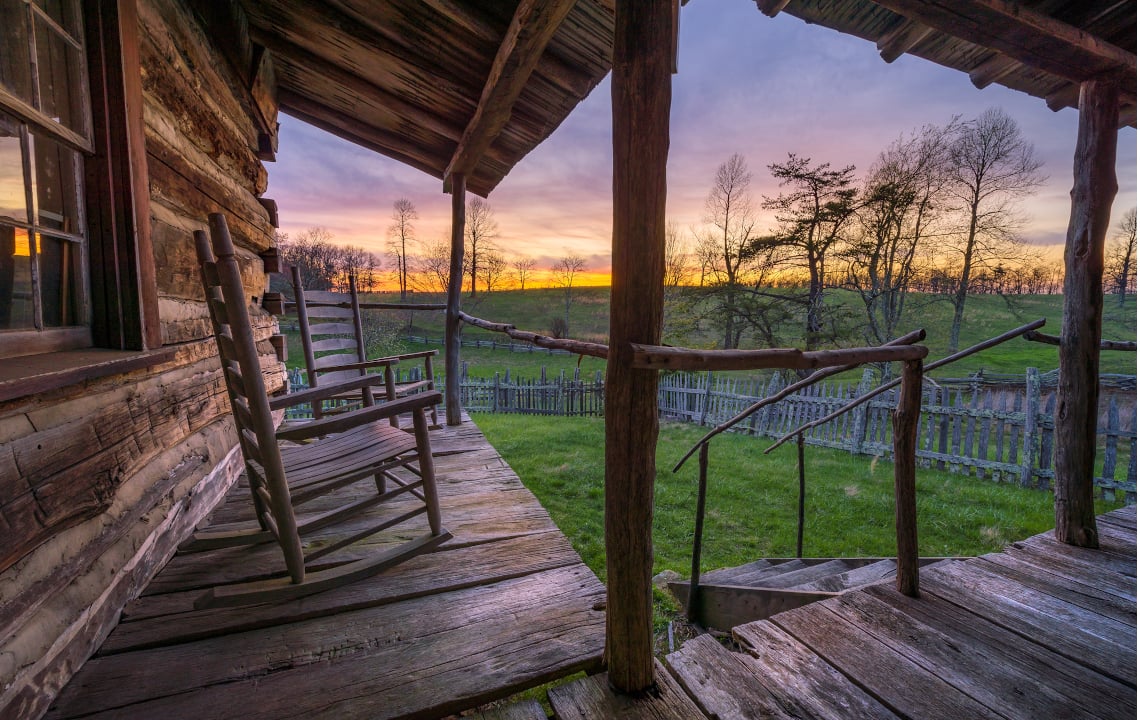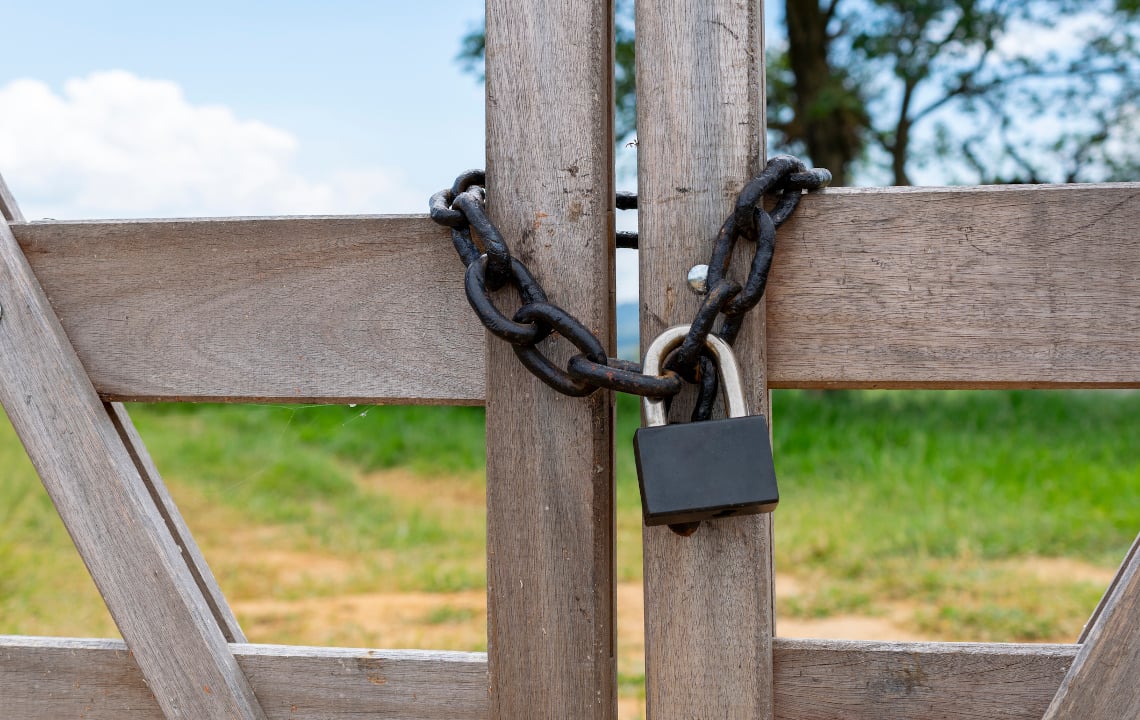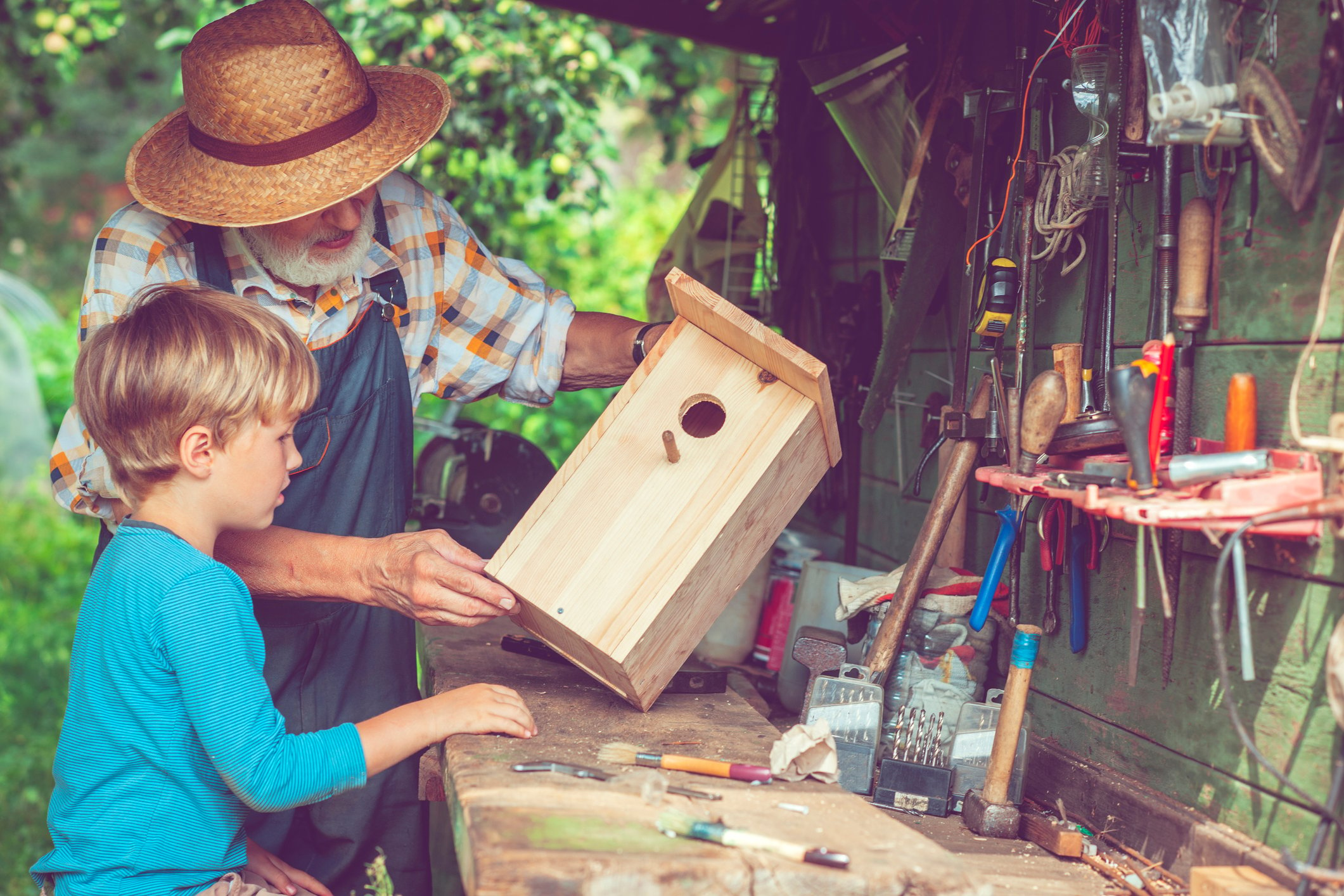Grist mills (also called gristmills) have been in existence for thousands of years. The oldest recorded grist mill was dated to 71 B.C. in Asia Minor. Theses mills evolved through the centuries, but the basic concept involves using huge millstones to grind grain to produce flour and meal that could be baked into bread.
In early U.S. history, local farmers would bring grain to the grist mill and the miller would grind it, usually for a percentage called the "miller's toll." This was in lieu of cash, which was in short supply in most cases. Most of these early American mills were water-powered, but in the Islamic world, wind-powered grist mills came into use in the 9th and 10th centuries.
In England, a survey in 1086 revealed that 5,624 water-powered mills existed, which is a testament to their efficiency and importance to the population.
Today most flour, meal and grits are processed by electric-powered mills that use steel or cast iron rollers to grind and separate the components of the grains. There are, however, a number of water-powered grist mills still in use throughout the country. Many bakers and homemakers prefer the stone-ground flour and meal for baking. Since that the grain is not exposed to the high temperatures that occur with steel or cast iron rollers, the vitamin content is proven to be higher in stone-ground grain.
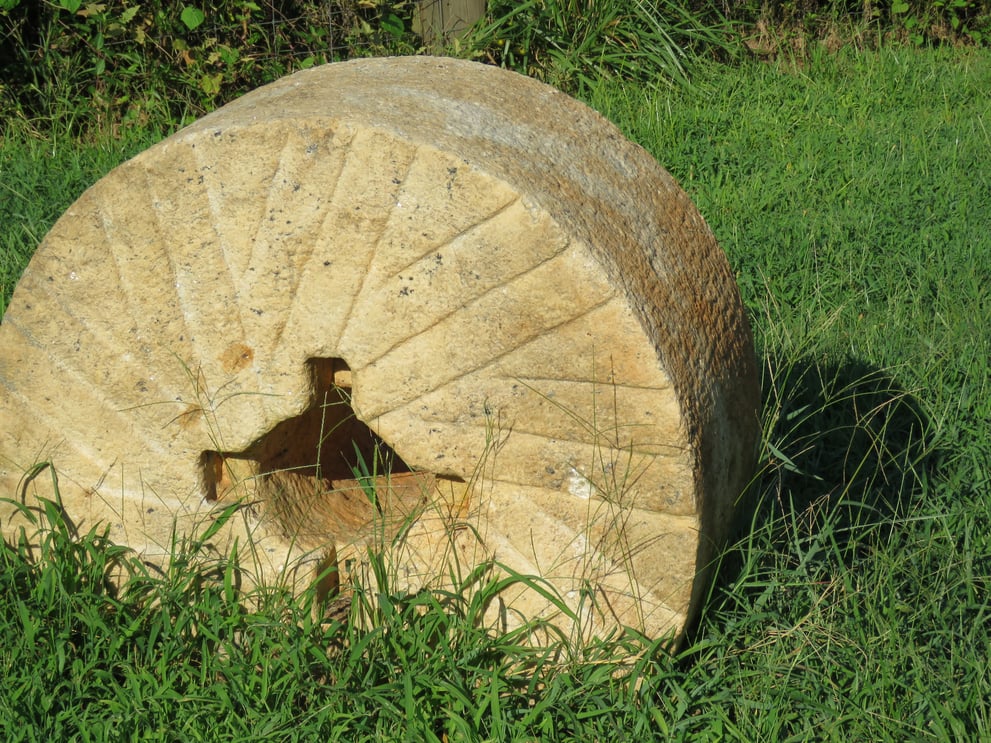
Many American Grist Mills Still in Use
Many American grist mills have been preserved or renovated and are in use today. Some have become museums that seek to preserve the story of the early entrepreneurs that built and ran them.
South Carolina Grist Mills
One of the most famous mills in South Carolina is Hagood Mill, purchased by Col. Ben Hagood in 1823. In 1845, his son James Hagood built the mill as it exists today. The mill features a 20 foot water wheel powered by water from a sluice that diverts water from Hagood Branch, upstream from where it flows into North Fork Twelvemile Creek.
Found in Pickens County, South Carolina, Hagood Mill is open and operational every third Saturday of the month. In addition to selling stone-ground cornmeal and grits, the site features entertainment, exhibits of folk craft, and a great experience for visitors. They usually have a working blacksmith shop, flintknapping, bow making, quilt making, a representation of a liquor still, bands of musicians with a distinct mountain flavor and much more.
There is also a large stone formation that was found to have petroglyphs chiseled into it. In order to protect them from the elements and vandalism, they have been enclosed in a building with special lighting to enhance viewing. A large soapstone and some old millstones are on the premises. In the past, soapstone was chiseled into bowls and separated from the main stone structure. On this example, you can see where some bowls were removed and some are partially formed.
Greenville County in South Carolina is the home of a number of old mill sites. Suber Mills is one of the active mills. We regularly purchase corn meal produced by this mill. Edwards Mill and Gilreath Mill are long past operational, but are reminders of a past way of life when grist mills were a focal part of rural life.
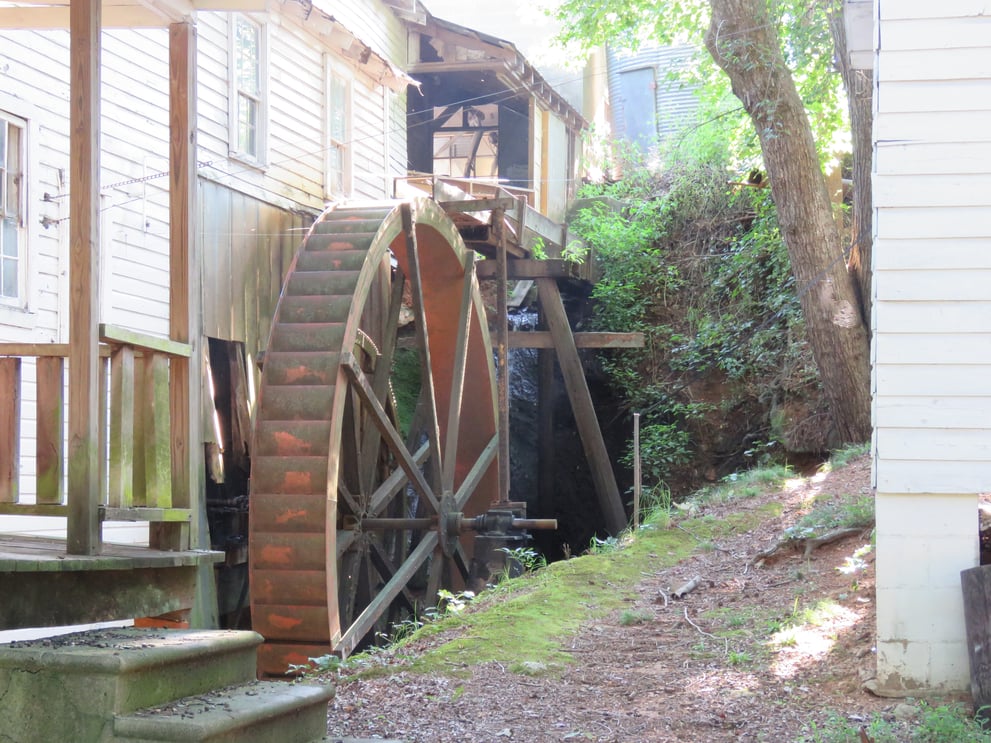
Grist Mills in Alabama
A number of mills are located in south Alabama, with some like Fink's Mill on the Covington-Geneva county line still in operation. Fink's Mill, built in 1932, is a mile from the Florida border. The water wheel is being restored by the owner, but in the meantime, it is powered by a tractor engine. It is one of the few mills where the water runs under the mill.
The M. N. Lloyd Grist Mill, also located in Covington County, was built in 1930.
Rikard's Mill, located in Monroe County, was built in 1845, and is a functioning water-powered grist mill. Also a museum, the mill produces cornmeal and grits for sale to the public. This mill is part of a historical park where cane syrup and blacksmithing are also featured.
Florida’s Grist Mills
A number of mills exist in the northwest corner of Florida due to the many swift creeks in the area providing good locations for water-powered mills. Escambia County has Carpenter's Mill, Santa Rosa County has Jernigan's Mill and Keyser Mill is located in Okaloosa County.
Why Grist Mills Were So Prevalent
Why were grist mills so plentiful in times past? Residents were dependent on these mills to process wheat and corn to provide the "makings" for bread and cereal needed to sustain life. Much more so than today, bread was a critical staple of the average diet.
It is wonderful that some of these unique mills are still operational so that we can get a glimpse of what life was like in earlier times.
All photos by L. Woodrow Ross.


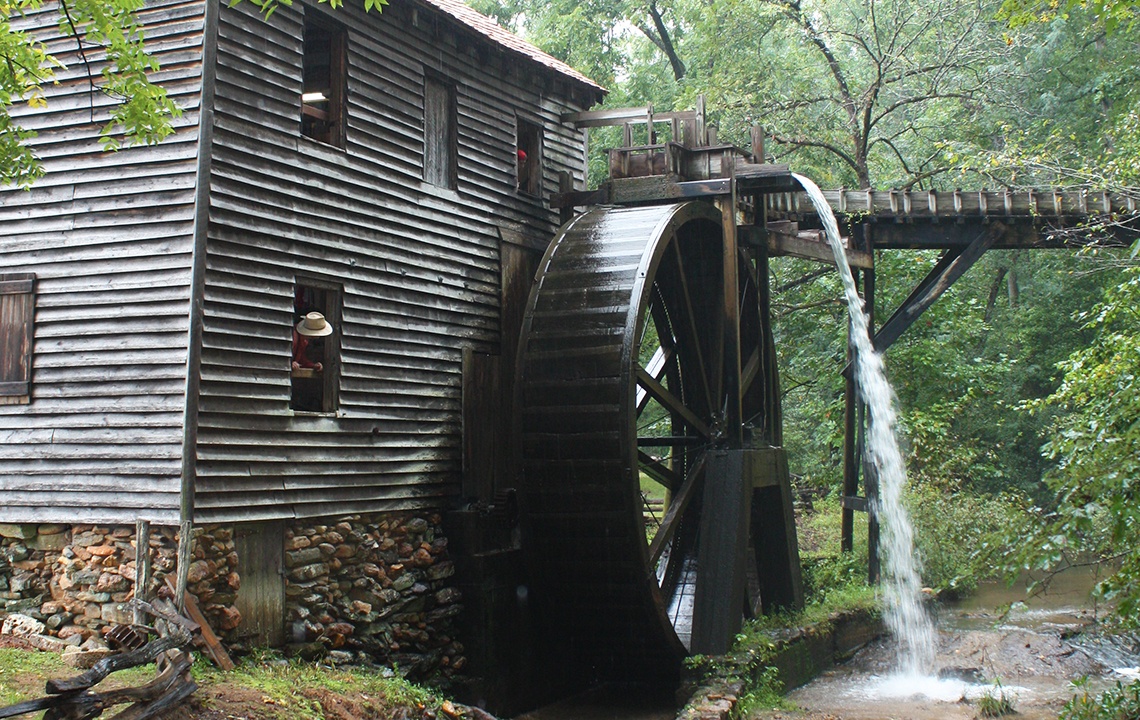

.jpg)


